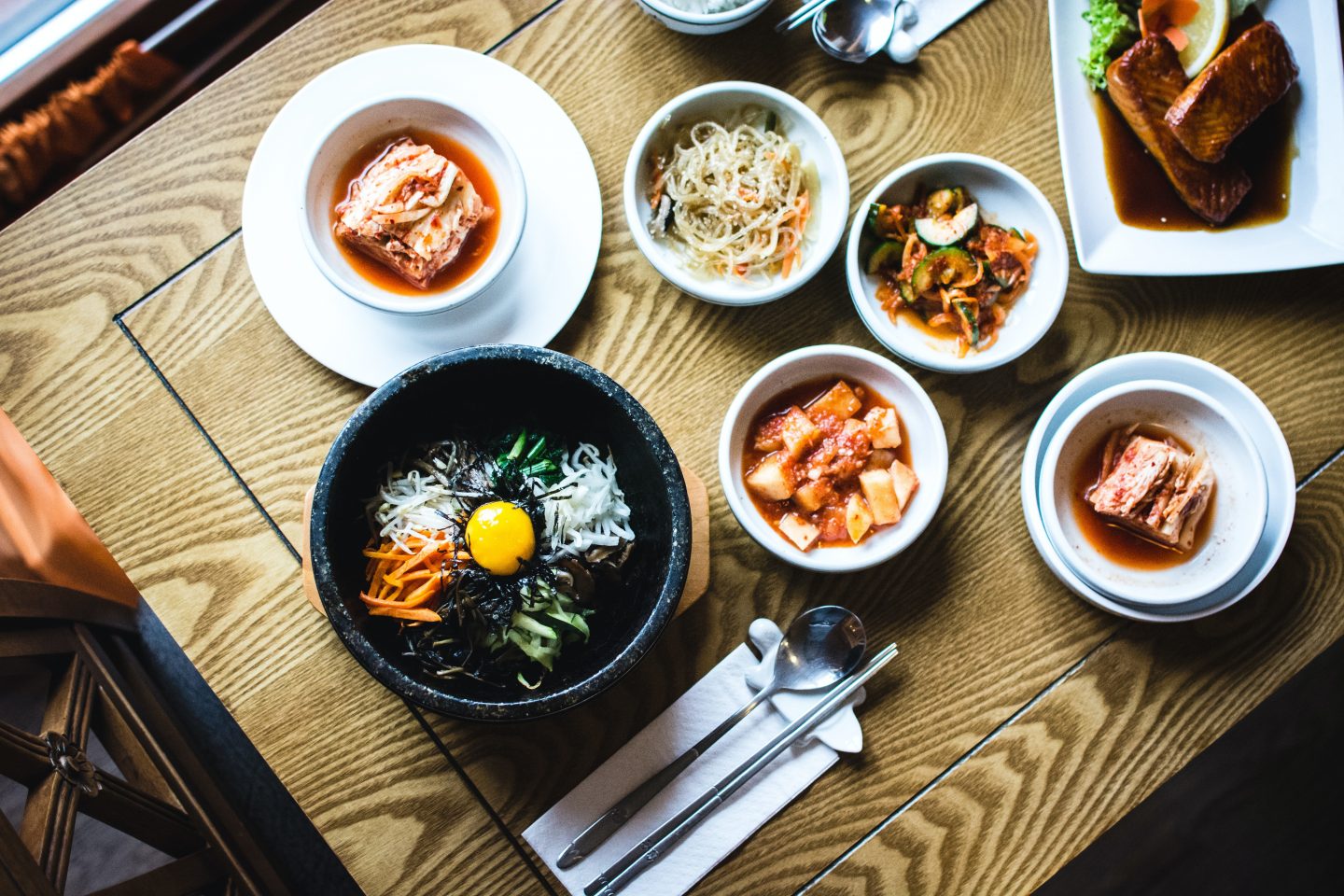Disclosure – this is a collaborative post.
The origins of Korean cooking can be traced back to the Stone Age (earthenware found in relics). Since that time, the unique cuisine has evolved into a diverse array of delicious dishes enjoyed by all who taste them. Take your first step toward enjoying this outstanding cuisine today. If you want you can learn the pronunciation of the Korean words by visiting Memrise for a quick lesson.
Ingredients & Utensils Required
Before you start cooking anything, it’s essential to understand precisely what is needed for each recipe you wish to make. Here is a list of key ingredients:
- Soy sauce – an essential ingredient in Korean cooking, soy sauce can be used not only as an all-purpose flavouring agent but also to help make sauces when mixed with other ingredients.
- Sesame oil – when used with sesame seeds, this provides a rich nutty flavour.
- Garlic – one of the most widely used vegetables in Korean cooking. It has a wide variety of both raw and cooked dishes.
- Ginger – has an unmistakable flavour that can be used in many ways, including as a flavouring agent as well as an ingredient for soups and stews
- Black pepper – Just a small amount of this common spice goes a long way toward giving dishes unique flavours.
- Gochujang (red chilli paste) – one of the essential ingredients in Korean cooking, it provides a spicy sauce that pairs well with meat and vegetables.
- Doenjang (soybean paste) – is another vital ingredient in Korean cooking. It is often mixed with various vegetables and served as a side dish called pa muchim.
Rice
This grain forms the basis of most Korean cuisine. Rice can be cooked or steamed into rice cakes or rice balls called bap, or it can be processed into a powder to form the rice in the popular dish naengmyeon.
Rice cakes
These round, chewy treats have a pleasant, nutty flavour. They are made from rice flour and come in two main types: bindaeddeok is a pancake that contains various fillings, while songpyeon is used to create a traditional Korean snack called ddeokbokki when sweetened.
Rice flour
This fine, pale yellow powder is used not only in making noodles but also for thickening soups and sauces.
Noodles
Wheat flour-based noodles such as japchae (cellophane noodles) and myeon come in many varieties and can be dried or fresh. Other noodles such as kalguksu (knife-cut noodles) and naengmyeon (cold buckwheat noodles) can be made from either wheat flour or buckwheat.
Methods & Techniques Involved
A recipe isn’t going to do you much good if you have no idea how to cook it. Here’s a list of some standard cooking techniques:
Stir-frying
Typically used in Korean cooking to shorten the amount of time meat needs to be cooked. This method also enhances flavour by allowing ingredients to retain their natural juices rather than being boiled dry.
Disclosure – this is a collaborative post.
